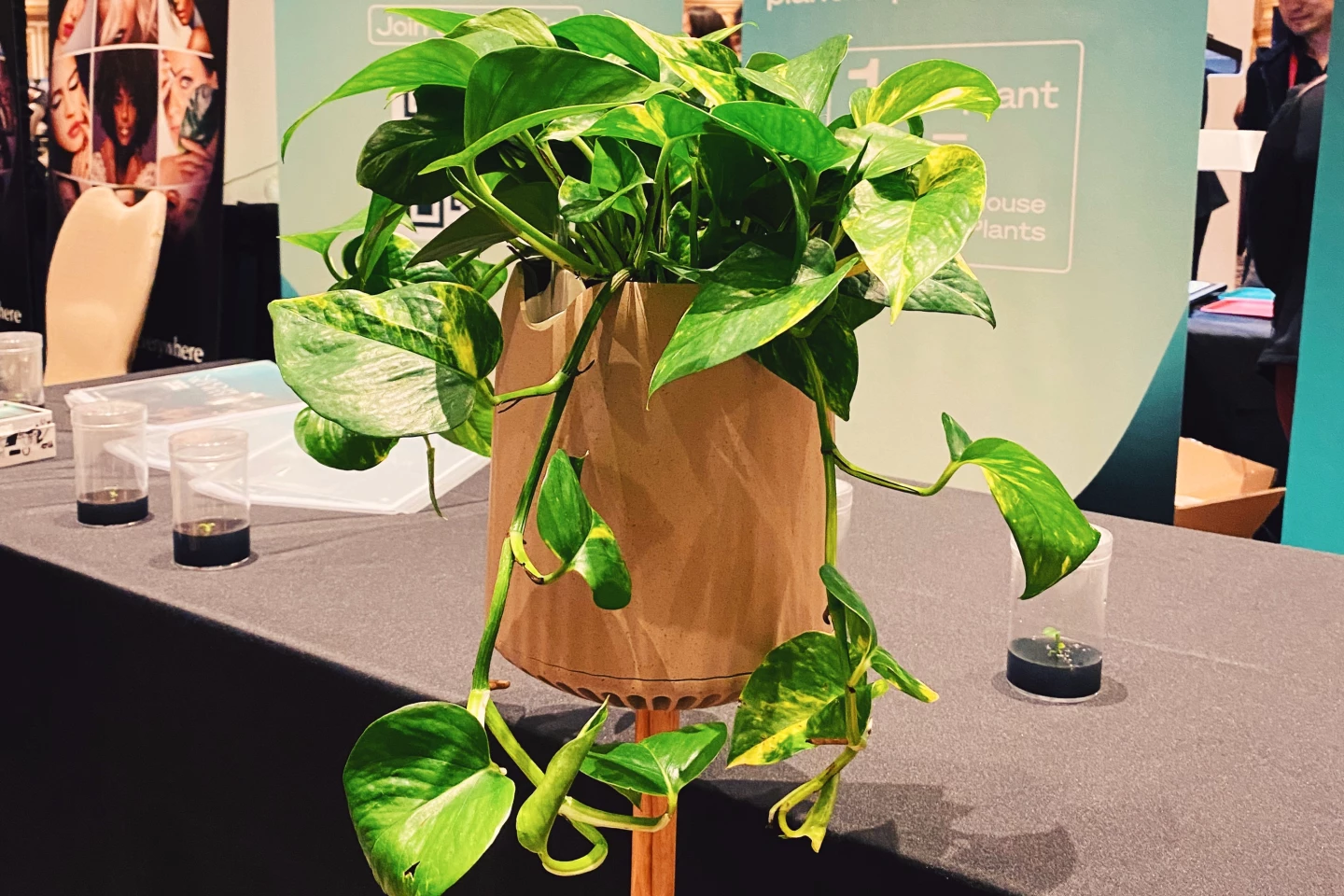We've all heard how it's a good idea to have plants in your home, as they help purify the air. Well, the bioengineered Neo P1 is claimed to excel in that department, as it's reportedly equivalent to up to 30 regular houseplants in terms of air purification.
Created by Paris-based biotech startup Neoplants, the Neo P1 is actually a genetically engineered type of pothos, a plant which is already known to be good at removing volatile organic compounds (VOCs) from the air.
The Neo P1 has been specifically designed to capture large amounts of four of the most toxic VOCs, namely formaldehyde, benzene, toluene and xylene. Genes added to its DNA cause it to produce enzymes which convert those compounds into harmless substances that are used by the plant. More specifically, formaldehyde is converted into fructose, while benzene, toluene and xylene are converted into an amino acid.
That being said, the Neo P1 does get a bit of help.
It comes with its own special soil which contains biochar, a charcoal-like material that is produced by heating biomass in an oxygen-free environment. Among other things, the biochar provides a home for beneficial microorganisms which are added to the soil once a month, in supplements known as Power Drops.
These microbes receive life-sustaining nutrients from the plant while simultaneously boosting its air purification performance – they also do some VOC-capturing of their own, as air flows through the soil via slots in the supplied pot. We're told that the plant-to-soil air purification ratio varies depending on the size of the plant, but that it should be about a 50:50 split once the Neo P1 reaches maturity.

Apart from adding the Power Drops, watering is the only required maintenance. Thanks to a reservoir in the pot, this reportedly only needs to be done once a month in the winter, and once every two weeks in the summer.
Users definitely will want to stay on top of that maintenance, though, as the Neo P1 should ultimately sell for a whopping US$179 a pop. That price includes three Power Drops – the cost of "refill" drops has yet to be determined.
So, why not just buy an electric air purifier that doesn't need sunlight, water or microbes?
"Air purifiers do a great job of capturing particulate matter (smoke from fires, for example), but it’s much more challenging to capture VOCs, which also cause significant health problems – most purifiers fail at doing this," Neoplants CEO Lionel Mora told us. "You buy a plant because it’s a beautiful living thing in your home that serves many purposes that an air purifier cannot. Not to mention that plants require zero electricity and make no noise. It also works 24/7."
If you're interested in getting a Neo P1 of your own, you can join the waiting list via the company website.
Source: Neoplants





